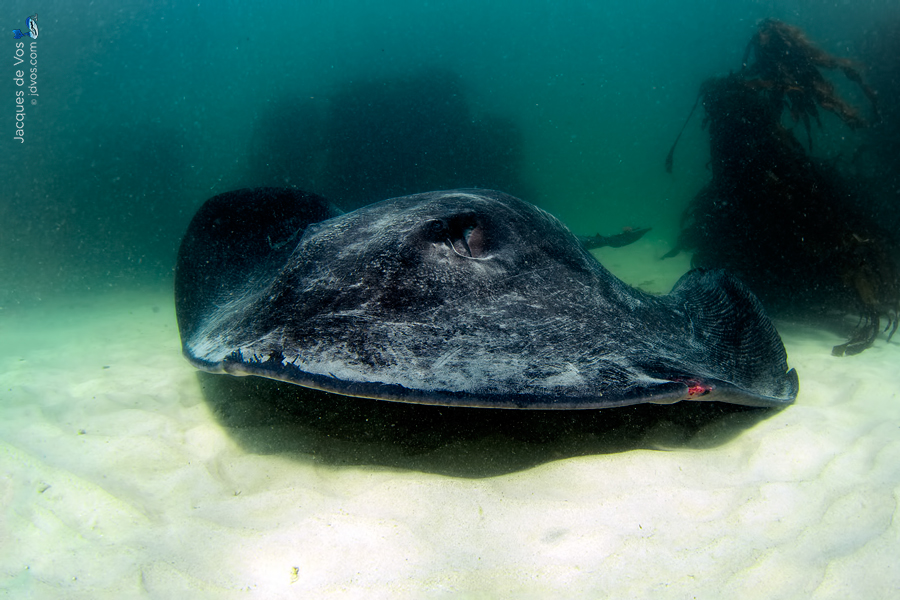20
Feb 2015
Video – Complementing Your Photography
How many times have you cut a dive short or spent a whole trip cursing the weather because poor diving conditions were ruining your wide angle underwater images? How could you change someone’s negative perception of an image when it comes to something as eye catching as heavy back-scatter or poor visibility?
On a recent trip to the Cape Peninsula in South Africa I arrived to what dive operators agreed to be the worst diving conditions in their collective memory. These unfavorable conditions lasted the entire four weeks of my visit and as wide angle underwater photography was at the top of my list of things to do during my time there, I naturally grew quite frustrated.
Before continuing it is worth mentioning that the phrase ‘poor diving conditions’ can be an interesting point of contention amongst divers in different parts of the world. This article is not aimed at arguing what constitutes poor conditions, but rather to share my experience discussing the benefit of shooting video to complement stills.
After several days of cancelled dives and failed attempts at diving I was ecstatic to learn of a congregation of short-tail stingrays close to shore and was determined to get some images of these magnificent animals. The first dive very quickly proved that this was going to be a tricky endeavor as there was an extremely heavy suspension of particles in the water column. The challenge was not just eliminating some back-scatter but instead not being able to take shots without the subject being obscured by a star field of sand and organic matter.
After a few attempts I achieved a couple of hauntingly sand riddled images of the stingrays but quickly decided to avoid potential frustration from setting in by actually enjoying the experience (not becoming obsessed with getting ‘that’ shot) and chose instead to use the video function of my Ikelite 5DmkIII setup while interacting with the stingrays.
So what is the difference between video and stills in a situation like this?
With experience I’ve come to learn that video can be far more forgiving in poor conditions than photography and on this occasion the main limiting factor was the heavy suspension of particles in the water. Particles in video appears as something dynamic, giving the impression of movement and even adds to the atmosphere of the clip whereas with stills these particles are frozen as a static screen of snow obstructing the subject. Have a look at the video below using the image above as a reference which was taken on the same day.
Its interesting to note that for most of the larger subjects I shoot, I tend to get a much more interactive response on stills when there is an accompanying video. It would appear that people who have never seen stingrays, sharks or dolphins in the wild tend to relate better to video as it gives a more realistic impression of what it is to actually be there and this in turn adds to the appreciation they have for the stills. Once you’ve seen footage where the camera is flying through a mist of sand following in the wake of a stingray gliding over a sandy bottom, your brain tends to connect this footage to the frozen snow of back-scatter in the accompanying stills. The difference can be as huge as someone with no photographic knowledge seeing the photo and thinking that it’s a poorly executed shot or having seen the video and thinking that this mist of white is something atmospheric which contributes to the image.
This is a tip worth remembering especially when conditions are not ideal as it is sometimes nice to get a few clips to complement your stills or to convey to a non-diver what it is they are seeing.
Nowadays pretty much every single compact to DSLR has high definition video capabilities and brands like ikelite cater for a huge variety of models with easy access to the video functions.

